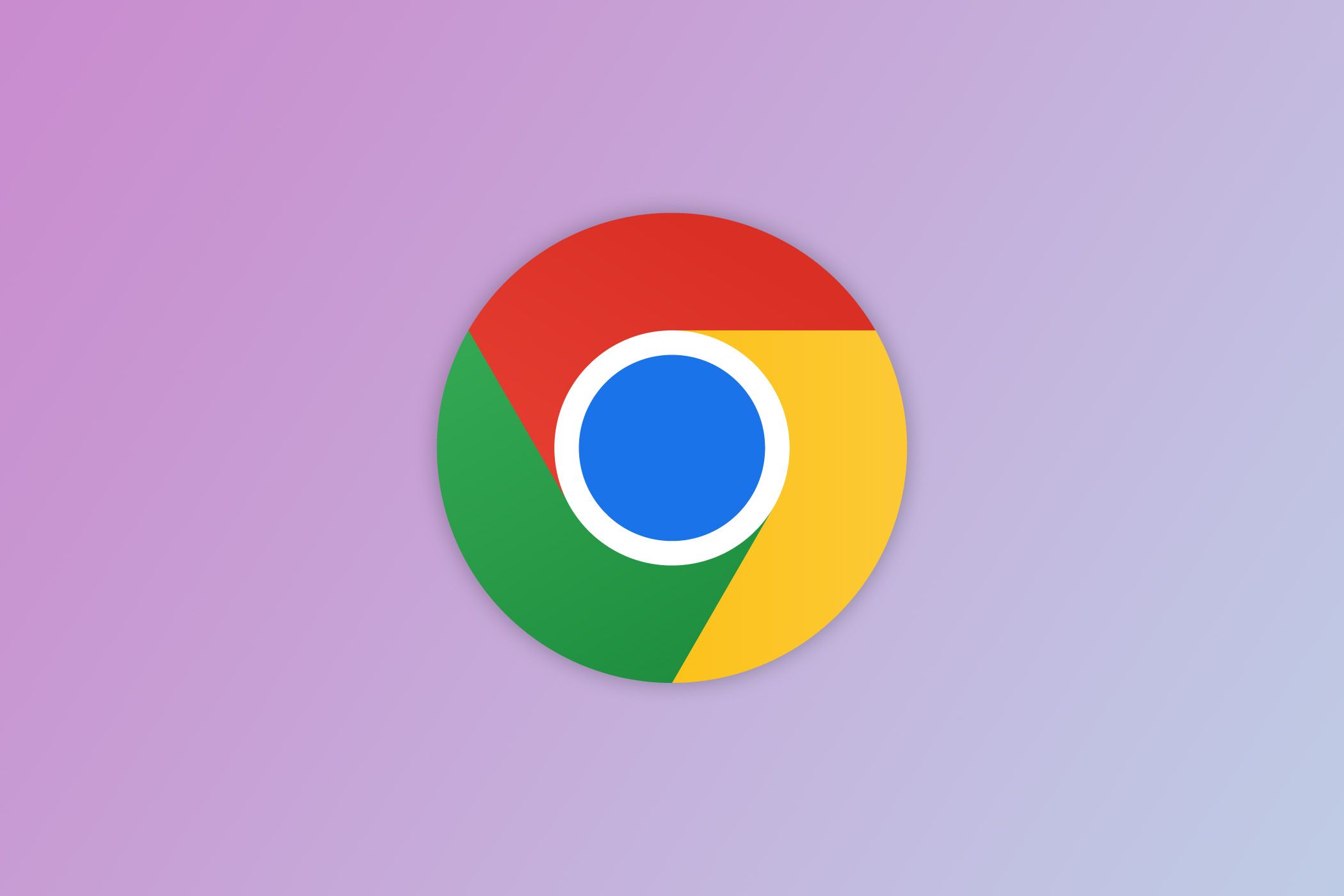
Google is always working on new features and improvements for its Chrome web browser. The company has now started testing a new Web Printing API in Chrome, which aims to bring more advanced printing to websites and web apps.
Google recently created a feature flag in Chrome for the Web Printing API, which has rolled out first to the Canary and Dev Channels. The new #enable-web-printing-api flag is intended to test the Web Printing API, a proposed web standard for more advanced printing from websites and web apps. The goal is to allow sites and web apps to detect what a connected printer can handle, and adjust the settings for a print job as needed, such as changing the resolution, page ranges, and number of copies.
The official proposal document for Web Printing explains, “Printing is a common and important task in many domains, including document management, label printing, receipt printing, and more. While web applications can generate printable content such as PDFs, images, and text documents and send them to local printers via window.print(), customizing those documents jobs beyond what can be accomplished declaratively via CSS or specifying additional parameters like the number of copies or collation is currently not possible; the navigator.printing API aims to provide a standardized and seamless way for web applications to directly interact with printers, enabling developers to build printer-related features within their web applications.”
The current print functionality in modern web browsers is usually enough for shipping labels, regular PDF documents, and other files from most websites. However, it’s not customizable enough for web apps that need specific color and resolution settings, such as more advanced publishing and graphic design software. It’s easy to see how the web version of Adobe Photoshop and other similar tools could benefit from printer options that more closely match the capabilites of native desktop software. The proposal’s main use case is simplifying print jobs over remote desktop clients, which can be a pain for businesses and large organizations using thin clients.
This feature is still being tested in the development branches of Google Chrome, and there’s still the chance that it could significantly modified or dropped entirely before a wide rollout. It does sound potentially useful, though.
Source: Chromium, WICG, Chrome Platform Status






